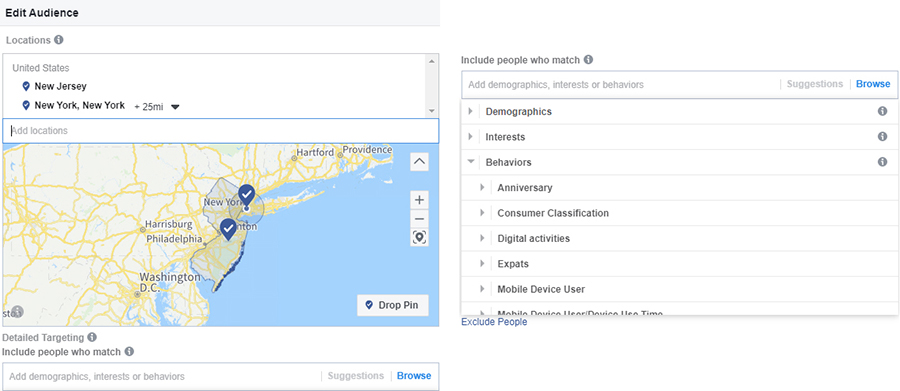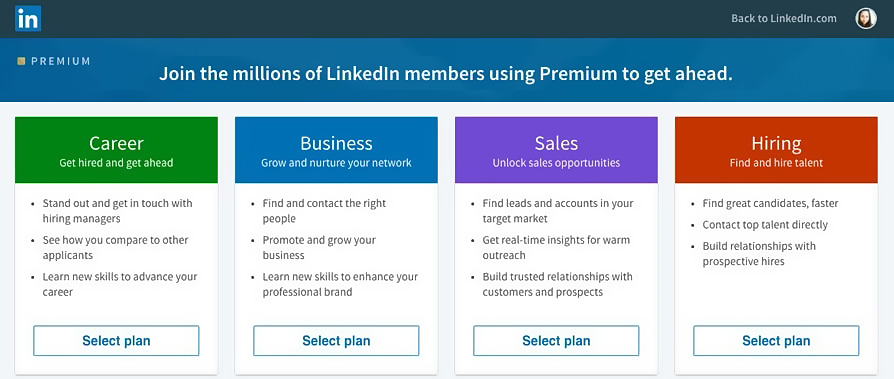What’s common in every pursuit? It’s teething troubles. And, small businesses experience more than their fair share of this. That’s the reason around 20% of small businesses fail within the first year and almost 50% go under by the fifth year, according to figures published by the US Bureau of Labor Statistics.
While these numbers seem grim, here’s the good news. These failures offer some very valuable lessons. Surprisingly, many businesses fail despite being profitable. They fail because of cash flow issues. When there’s a cash flow crunch, small businesses prioritize overhead expenses, payroll and vendor payments. That’s quite natural, as these entities exert pressure. Amid these pressing requirements, marketing budgets are the first to be trimmed and even eliminated. Ironically, this spend is the only one that can get businesses back into the light.
How does a small business market itself while being cash strapped? The answer is social media. Why? It’s cost effective. Two very important concepts here – highly effective and low cost. It’s not a great idea, however, to have a presence on all social media platforms. So, here are the ones that are best for small businesses.
Not Just at Face Value
Facebook officially reported daily active users of 1.66 billion for 2019. That’s an opportunity and a challenge. Without proper targeting, you’d be one is mammoth crowd of businesses. Fortunately, this social media platform allows the most options for targeting your audience, based on age, gender, geography, education, employment, purchasing behavior, interests, and even relationship status! Heck, you can even exclude certain people! And, it’s incredibly easy.

Facebook lets you share a lot of information about your business, including the name of your company, contact details, pinned location, URL, mission statement and company or team story. The last one is something that small businesses can use to showcase the experience of their core team and build credibility.
This platform also offers a high degree of flexibility. The Facebook page has the option to add a button, through which you can engage with your target audience.

You can plan for normal posts, sponsored posts and ads. Within ads, you can choose from image ads, video ads, carousel ads and more. Moreover, Facebook has very powerful analytics. This helps you understand your audience better and take important business decisions. Such insights are available at no additional cost. Of course, there’s a lot of information. So, you need to be very systematic and know what to filter. Facebook can be a lead-gen powerhouse, provided you know how to use it.
A Bird in Hand
Have you seen Alfred Hitchcock’s acclaimed horror film The Birds? Twitter can be as scary. It’s easy to get downed by all the chirping and tweeting here. To leverage Twitter, you need focused action. It’s best to use third-party tools to target your audience, identify the best hashtags, use analytics and drive engagement. The best way to know what kind of audience to target, check out the Twitter handles of your closest competitors. You can even look at their posts and which of them get the most engagement.
Twitter is where people go to discover new things and new trends, which is great for a small business offering a niche product or solution.
The platform is particularly popular among Millennials and Gen-Z, with 40% of its users between 18 and 29 years of age. But to grab attention in these demographics, your content needs to be interactive, funny or thought provoking. A good example of this is the Celsa Group, which was able to increase its followers by 85% by tweeting about sustainability, according a blog post by Twitter.
The one thing that Twitter is great for is influencer marketing. As a small business, this is a huge advantage, as it can build trust and credibility very quickly. Don’t go generic. Instead, identify niche influencers in your industry and connect with them. An influencer sharing your post is great for gaining visibility, getting many followers and increasing the credibility of your business. As a small business, these are huge dividends.

The Missing Link
LinkedIn is a professional platform and a great option for B2B marketing. You can target your audience based on their job titles, location and companies in which they are or have been employed. Another advantage of LinkedIn is that people tend to share accurate information about their job position, employer and work email addresses here. Moreover, professionals on this platform have almost twice the buying power of the average web user, according to a blog post by LinkedIn.
Apart from posting regular updates, it’s a good idea to publish some thought leadership articles in your domain. People actually read on this platform! You may also wish to get a paid LinkedIn membership, which gives you much more contact details of your customers. That’s not all. You can even use LinkedIn to grow your team.

Social media offers numerous advantages for small businesses. In fact, social media users are more moved by stories of success and challenges posted by smaller entities than by the giants. It also puts you on the same footing as some of your larger rivals. Irrespective of the platform you choose, you need to get organized and be consistent to really unleash the power of social media.


Leave A Comment
You must be logged in to post a comment.